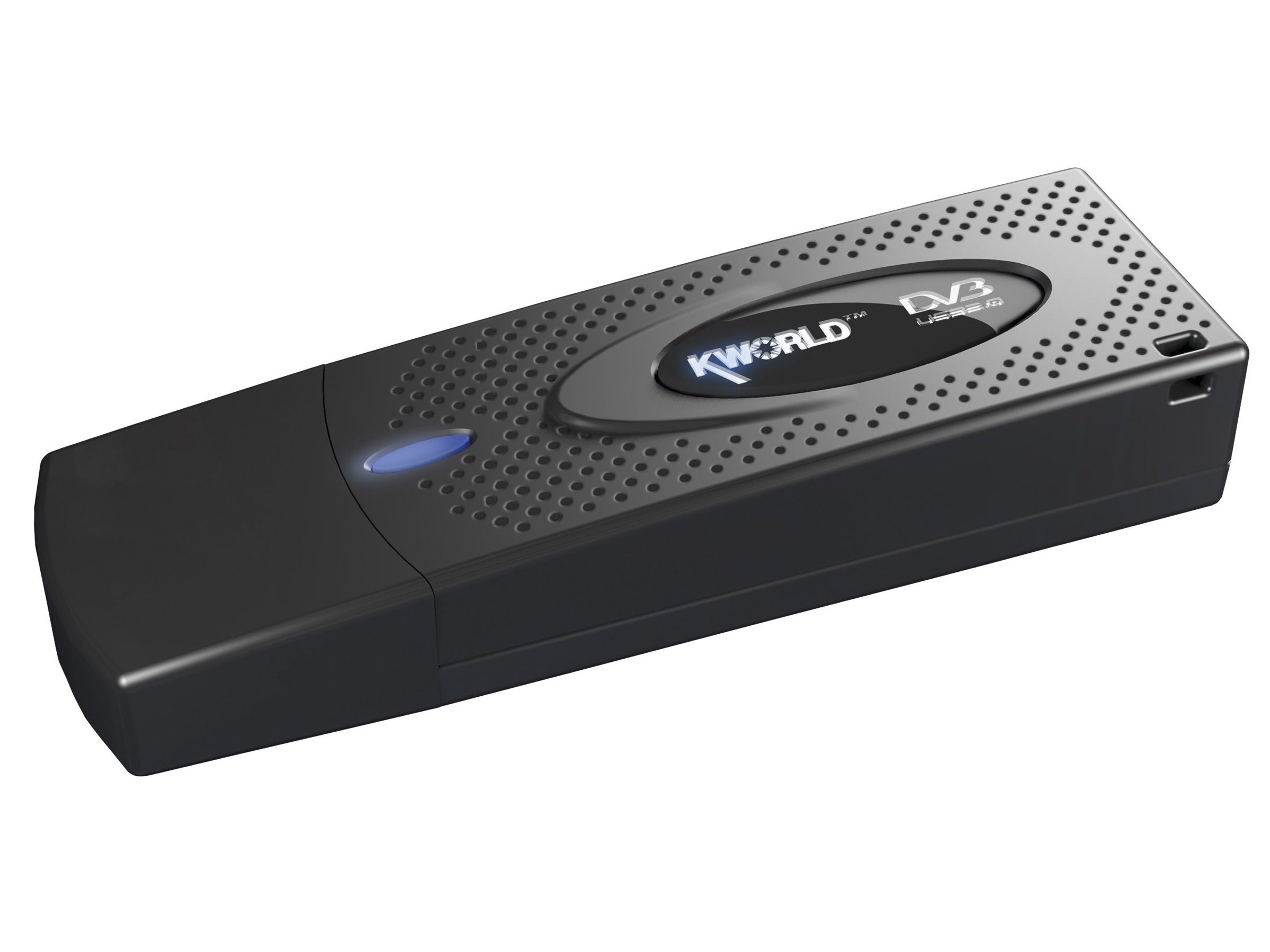TechRadar Verdict
It works but lacks any serious polish making it a poor, if functional choice
Pros
- +
USB 2.0
105x32x20mm
Cons
- -
Infrared remote
Software glitches
Why you can trust TechRadar
Media centre PCs have their advocates, but there are problems with many that are currently available, including size, noise and usability. Small-form factor machines offer a workaround, but they often do so at the expense of system expansion, which can make adding a TV tuner difficult. USB TV tuners offer an alternative to add-in cards, and also enable you to watch TV using a laptop. KWorld DVB-T 310U is the latest entrant into this flexible market, offering support for both digital and analog broadcasts.
Along with the TV tuner itself, you'll find a small DVB-T antenna, composite-to-S-Video cable, PCMCIA-sized remote control - which was flaky in operation - and the necessary software to get all of this working. The antenna is nicely designed, with a separate sucker cup that attaches to surfaces where its magnetic base isn't useful. However, it's let down by its dumpiness, making it useless in any practical capacity; we couldn't get anything bar a fuzzy single broadcast in analog mode.
The 310U comes into its own when connected to a normal house antenna. After the necessary channel search in analog or digital mode, image and sound quality is impressive, although there's a notable pause when switching stations.
Hypermedia is charged with the task of viewing and recording programs. While there's clearly a good engine underneath, it doesn't offer much usability as an interface for accessing your channels. We also experienced numerous crashes, error messages and moments when it simply didn't work. A patch improved things noticeably, although its operation was still far from perfect.
CPU usage for analog playback was reasonable at around the 18 per cent mark, rising only slightly to 24 per cent when handling digital content. This didn't increase when recording, and although it was choppy at times, the quality of the capture video is smooth. There's a noticeable audio delay in analog mode after patching the software though, so more work is needed here.
Overall the interface undermines technically competent hardware, producing a package that's less exciting than it ought to be. The low price counters this to some extent, as does the Windows Media Center compatibility, but some serious polish is needed to turn this into a must have piece of kit. Alan Dexter
Sign up for breaking news, reviews, opinion, top tech deals, and more.
